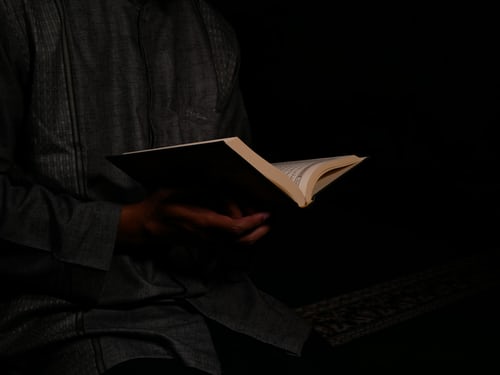Inspiring Older Readers
 posted on 10 Jun 2016
posted on 10 Jun 2016
Manhattan, When I Was Young by Mary Cantwell
A shy, somewhat naïve, small town New England Catholic who lost her father young, Mary Cantwell is not – at least not initially – the confident young woman her glamorous job at Mademoiselle magazine tends to suggest. She is gauche and insecure and lonely and deeply bereaved. But her personal uncertainty, as well as period (the early 1950s) and place (Greenwich Village) are captured in heartbreakingly exact detail in the second volume of her memoirs, Manhattan, When I Was Young.
I first read this some years ago, but I read it too quickly. The quality of Cantwell’s incisive and searingly honest prose passed me by, as did the intensely valedictory tone of the book – it was published in 1995 and Cantwell died aged just 69 from cancer less than five years later.
While she was completing the college education her parents were struggling to pay for, her father was slowly dying – but she didn’t realise this and didn’t understand that his long, detailed, loving letters were planning a future for her that he wouldn’t live to see. This profound loss is threaded throughout the book; indeed, it came close to unhinging her and it is arguable that she searched for a replacement father figure all her life.
Cantwell cleverly structures the book around five properties – the places she lived in during the time her memoir covers – and this further weaves together place, period and society in the personal story she tells.
Its first half is pure joy: her early years in Greenwich Village, her first job at Mademoiselle and the gallery of eccentrics and oddities she works alongside, make for hugely enjoyable reading. There is barely a page without a memorable scene, a joltingly well-written paragraph, a description to savour. But the second half is quite different: post-natal depression, maternal anxiety, years of psychoanalysis, marital breakdown, the gradual darkening of the 60s, the decline and urban decay of the 70s – at times it seems that both she and Manhattan are spiralling out of control.
Indeed, the first half of the book offers such great pleasures that the second half left me wondering how someone who has so much – a well-paid job, a busy, middle class life of fashion shows and gallery openings and literary parties (her husband, never named in the book other than as ‘B’, was Robert Lescher, an editor and literary agent), and eventually an elegant apartment with period details and antique furniture – could be so unhappy. But this in many respects is Cantwell’s terrain: what she is really writing about, what she always wrote about – whether in her memoirs (she wrote two other volumes besides this one), or in her pieces for the New York Times (she was a member of its editorial board for sixteen years) – is the changing role of women in society, and consequently how women are regarded and regard themselves.
I would have preferred the book to continue with the innocence and charm it begins with, but this would have for made for a lesser book, a shallower book. And more importantly, it would have falsified a life, and that would run counter to everything Cantwell believed in and the very particular sort of American confessional writing at which she excelled.
Alun Severn
June 2016